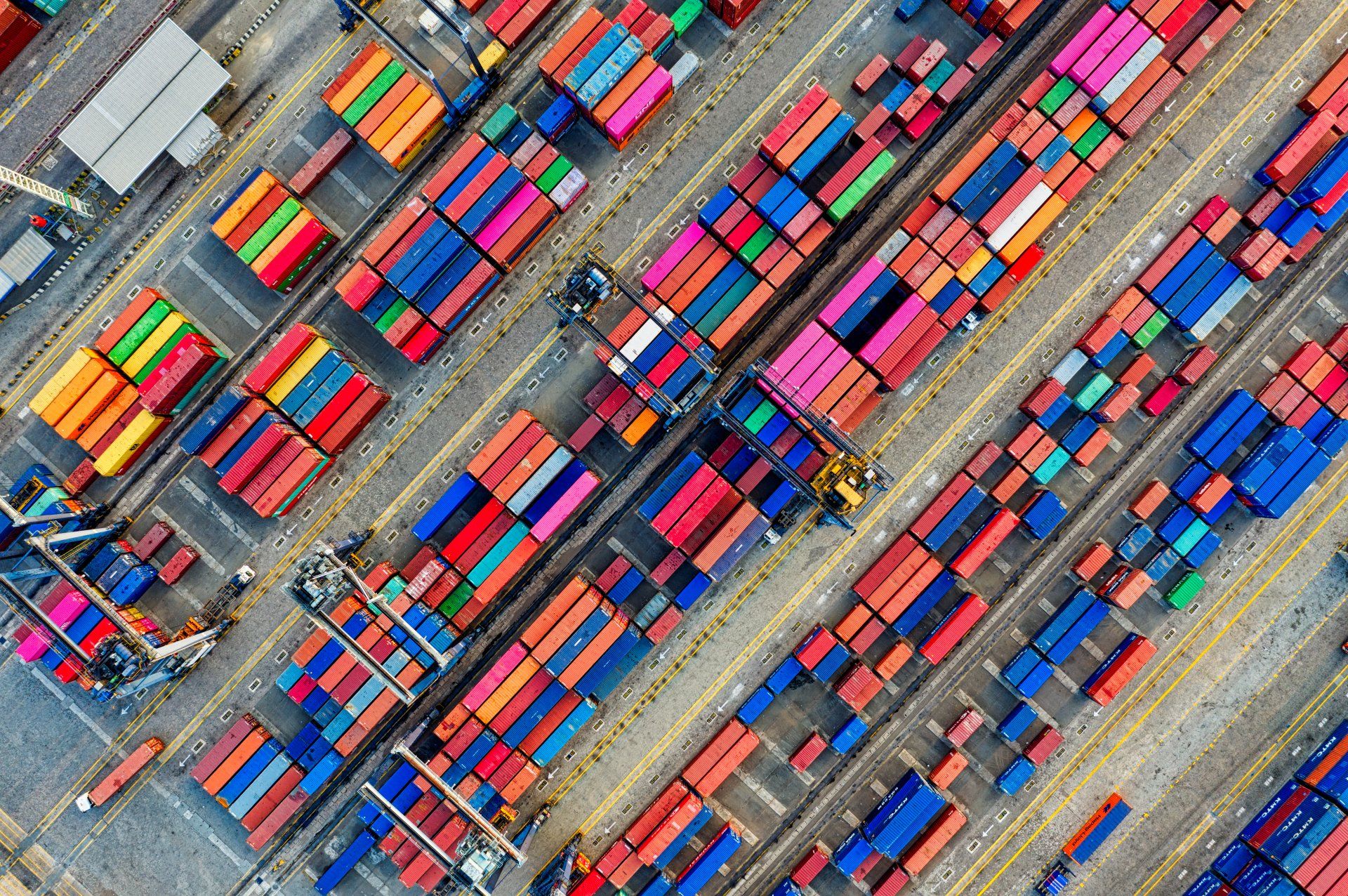by Doug Mccauley
•
6 June 2024
Adam Taylor, expert in nature-based solutions - edenseven, explains more: Nature-Based Solutions can deliver multiple benefits in single locations, delivering greater impact for people, planet, and profit, and moving ESG from being just another cost to a competitive advantage. Today in the ESG space companies are expected to measure and manage their greenhouse gas emissions and water consumption, impacts on biodiversity, air, and water quality, and how their activities affect not only their staff but the communities they operate within. As a result, many companies now measure their impacts, and some employ companies to mitigate or offset their residual effects; however, this outsourcing approach is often costly and inefficient; with each residual effect mitigated or offset separately, uncertainty about the delivery or impact of the work, and delivery in other regions of the world meaning wider benefits are missed. The business case for nature-based solutions: These costs and inefficiencies can be overcome however by mitigating and offsetting multiple residual effects at once by delivering Nature-Based Solutions on company land and buildings, or within the communities they serve. For example, creation or restoration of local grasslands, woodlands or wetlands would deliver carbon and biodiversity credits, water nutrient and air quality improvements, and reduced flood, drought, and wildfire risks in the areas where your company operates and your staff and customers live. Delivering these multiple impacts removes the costs of awarding and managing multiple contracts with different companies, whilst the schemes localness provides certainty of delivery and impact, and wider benefits including new local partnerships, provision of accessible natural greenspace improving staff and community health and wellbeing, and an enhanced corporate image and reputation. With ESG moving rapidly to the top of the social and political agenda the breadth and depth of ESG related disclosures that are required will only grow, so now is the best time to consider how you can deliver these more efficiently and impactfully through Nature-Based Solutions, positioning yourselves as a market leader and making this a key strand of your competitive advantage. Key steps businesses should take: Step 1: Evaluation of the measurement and management of environmental and social impacts Review of strategies, targets, costs, and impacts of existing approaches to measuring, addressing, and reporting on environmental and social impacts, including gathering stakeholder insights, and reviewing available resources, capabilities, assets, to identify where Nature-Based Solutions could be delivered. Step 2: Exploration of Nature-Based Solution delivery options Identification and assessment of Nature-Based Solution locations that deliver against company needs, including delivery and maintenance costs, partnership opportunities and appetite, and the potential for additional company benefits. Step 3: Delivery of Nature-Based Solutions Engage ESG team, local community, partners and contractors in detailed design and delivery of Nature-Based Solutions, develop and implement maintenance, monitoring, and governance protocols, collate and communicate lessons learnt, celebrate successes. How edenseven can help: edenseven is a sustainability consultancy with an award-winning track record helping businesses design and deliver data-driven sustainability strategies. With experts covering a wide range of sustainability subjects, from biodiversity & nature-based solutions, to electric vehicle fleet solutions, power purchase agreements (PPA), low carbon technologies, building optimisation, supply chain management, and end-to-end business transformation, we have experienced experts ready to help with any of your sustainability needs. With over 15 years' delivering nature-based solutions, Adam’s experience cuts across the public, private and third sectors having delivered time and again place-based solutions that increase profit whilst benefiting people and planet; the triple bottom line. To find out more, send us a message .








